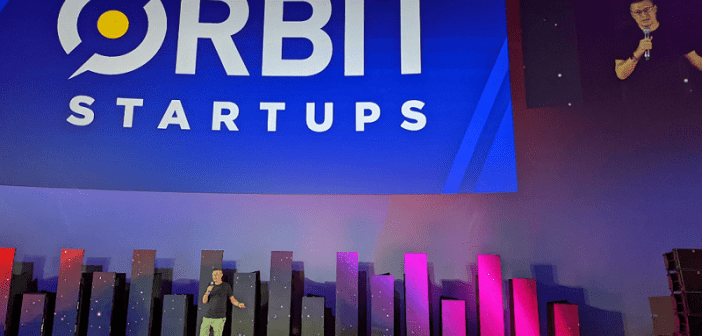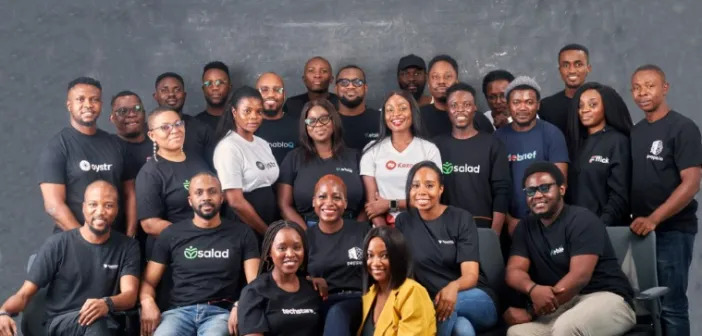In the UK, Facebook and Instagram have unveiled a new paid verification mechanism.

Users of Facebook and Instagram can utilize this service, which is similar to Elon Musk’s Twitter Blue, to get a blue tick on their accounts for a monthly charge starting at £9.99.
Subscribers must be at least 18 years old and show a government ID for verification in order to be eligible for this service. In the US, Australia, and New Zealand, the feature has already gone live.
When Meta Verified becomes available, those who have expressed interest in it will be notified, while users in the UK can anticipate it to be launched in the upcoming weeks. Verified users will be given a verified badge, which provides improved security against impersonation, after Meta has given its approval.
Additionally, Meta will keep an eye on these verified accounts to spot and prevent false profiles. If there are any problems with their accounts, verified users will have access to tailored help from a live person.
The implementation of Elon Musk’s premium Twitter Blue subscription in November 2022 is being followed by Meta with this move.
As it replaced the earlier system of blue ticks used to validate well-known accounts, it generated considerable criticism. In order to reserve the verified blue badge solely for Twitter Blue subscribers who had verified their phone numbers, Mr. Musk removed the historical verification ticks from account holders.
As a result of certain high-profile users losing their verification badges during the removal process, confusion resulted. Imposters seized the opportunity to pose as these individuals. Eventually, Twitter gave blue ticks back for free to a number of well-known people, businesses, and government accounts.
In addition to the new paid verification service, Facebook and Instagram will continue to offer their existing public figure, celebrity, and brand verification programs. Users that satisfy the requirements can still apply for a verified badge even if they do not have a Meta Verified subscription.
Both Facebook and Instagram have historically been free to use, so the move to implement a paid verification system signals a change in strategy.
Some high-profile users lost their verification badges during the removal process, which caused uncertainty. Imposters took advantage of the situation by impersonating these individuals. A number of well-known people, companies, and government accounts finally received free restoration of their blue ticks on Twitter.
It’s important to note that Facebook and Instagram already have their own systems in place for verifying brands, public figures, and celebrities. These systems will continue to function in addition to the new paid verification service. Users that satisfy the requirements can still apply for a verified badge without becoming a member of Meta Verified.
Facebook and Instagram, both of which have historically been free to use, have decided to change their strategy by implementing a paid verification system.
The majority of Meta’s earnings come from advertising, on which the corporations have traditionally relied. The platforms will continue to be free, but the introduction of a paid level that improves visibility intends to investigate new monetization methods.
This action comes six months after Meta announced the elimination of 11,000 jobs owing to what it believed to be excessive pandemic-related spending. The CEO of Meta, Mark Zuckerberg, voiced his hope for faster growth for the business, but it never happened.







